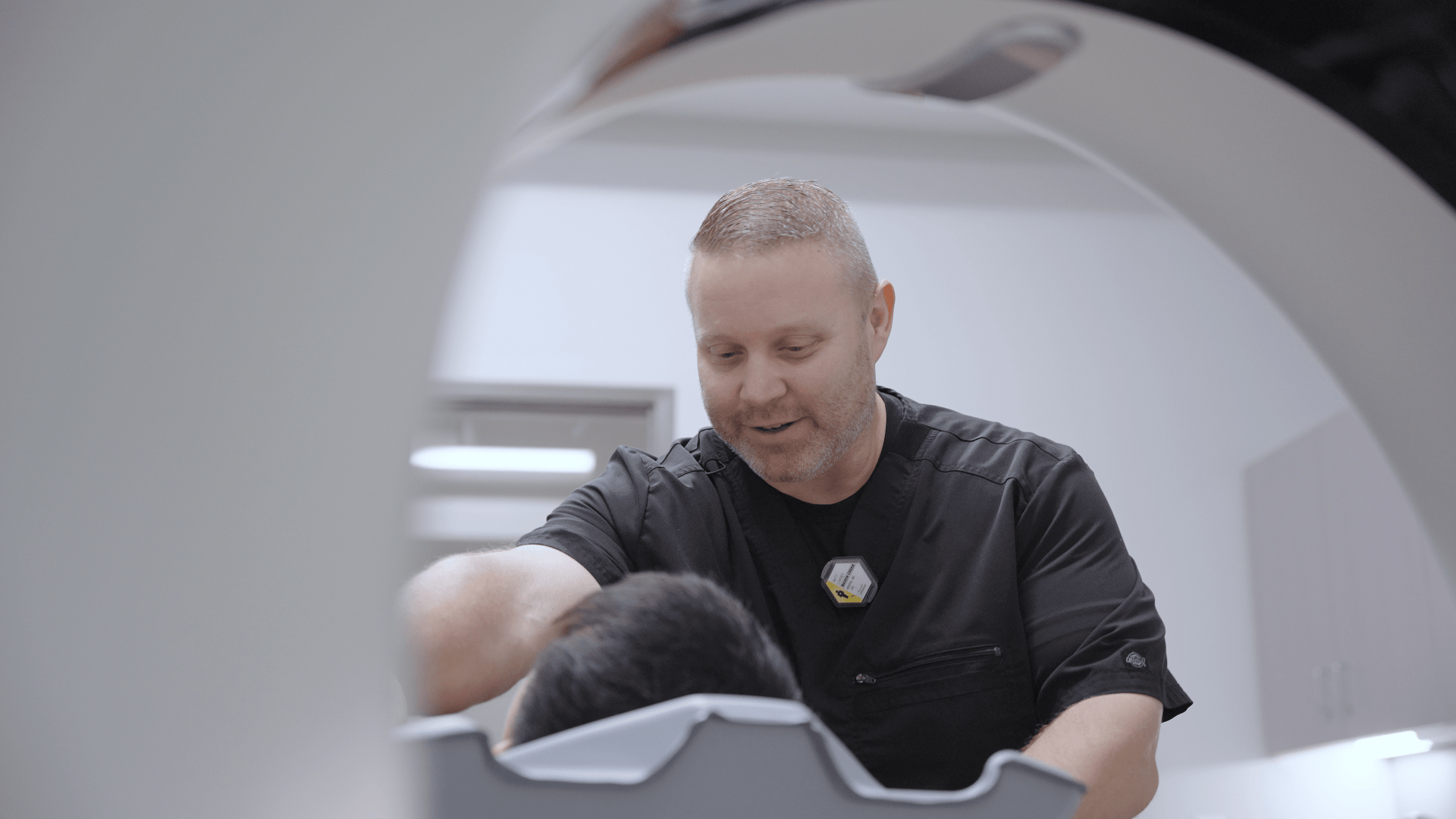Can one planet become a constellation of stars in just a few years? The changes that have occurred in one part of the healthcare realm give a positive answer. Beginning as a humble healthcare facility on Campbell Road in Houston, Texas, Memorial MRI & Diagnostic has flourished into a network of 17 centers, a testament to their commitment to offering accessible, top-notch healthcare to their community. Now, it shines as a symbol of innovation and progress.
Todd Greene, Memorial's CEO, sheds light on the challenges patients face in traditional healthcare settings, where discomfort often overshadows the path to diagnosis and treatment. "In all of imaging or just procedures in healthcare, patients are uncomfortable, they have high anxiety. So if you're able to get that information faster, quicker and more precise, it just makes for a better patient experience, better images, better diagnosis, and better outcomes," says Greene.
Memorial's growth strategy is pragmatic and profound. They believe in bringing cutting-edge and patient-centric technology to where the patients are. Greene elaborates: "Our growth strategy is to put the centers where the patients are at, or where our physicians are seeing patients." This strategy ensures patients have access to cutting-edge medical technology in their own communities, eliminating the need for arduous commutes. And continue the core values of patient first experiences, front door access, easy front door access, high quality equipment, high quality radiologists, high quality staff -- it's worked well over the years."

Memorial's journey hasn't been a solo endeavor. Their steadfast partner, United Imaging Healthcare, has been instrumental in their evolution. They've acquired over 20 systems from United Imaging, embracing multi-modality capabilities that empower them to provide comprehensive diagnostic services.
In a community characterized by diverse healthcare needs, inclusivity is paramount. Texas, with its substantial athlete population, often grapples with accommodating individuals of larger stature, such as linebackers or linemen with broad shoulders. Here, the uMR OMEGA, with its spacious 75 cm bore size, plays a pivotal role, accommodating patients of all sizes and those with claustrophobia. This powerful tool ensures that essential diagnostic services are accessible to everyone, regardless of physical constraints.

One of Memorial's technologists shares an anecdote: Today, I had a patient who went to various scanners all over the city and was not able to get his scan, says the technician working with United Imaging's 3-tesla uMR OMEGA MRI scanner. "He was a very large guy and was very happy that we're able to get the job done. He has tried every place that he can across the city and with no luck" The benefits that United Imaging's systems bring are more than inclusivity. Notably, the efficiency they provide is nothing short of astounding. Previously, the facility conducted typical spinal procedures lasting around 45 minutes, while brain and extremity scans took 30 to 45 minutes. Now, the systems have allowed radiologists to cut all exam times in half. This substantial time-saving benefit extends across various procedures, facilitating the examination of a larger number of patients while preserving the quality of services provided, allowing for the maintenance of both quality and quantity while minimizing scan durations.
"We've been able to kind of cut all of those exam times in half. So we're able to see a lot more patients due to that time cut, without cutting the quality," says Kelsey, lead technologist at Memorial. "And just overall, we're able to have a larger platform of patients coming through Memorial with United Imaging."

As Memorial and United Imaging continue to journey together toward a future where healthcare is both more equally accessible and efficient, Todd Greene envisions a world where healthcare seamlessly integrates with technology. He says, "Our goal is to make healthcare as convenient as possible. Patients should have the same ease of access to healthcare as they do with their smartphones. That's the future we're working towards."
